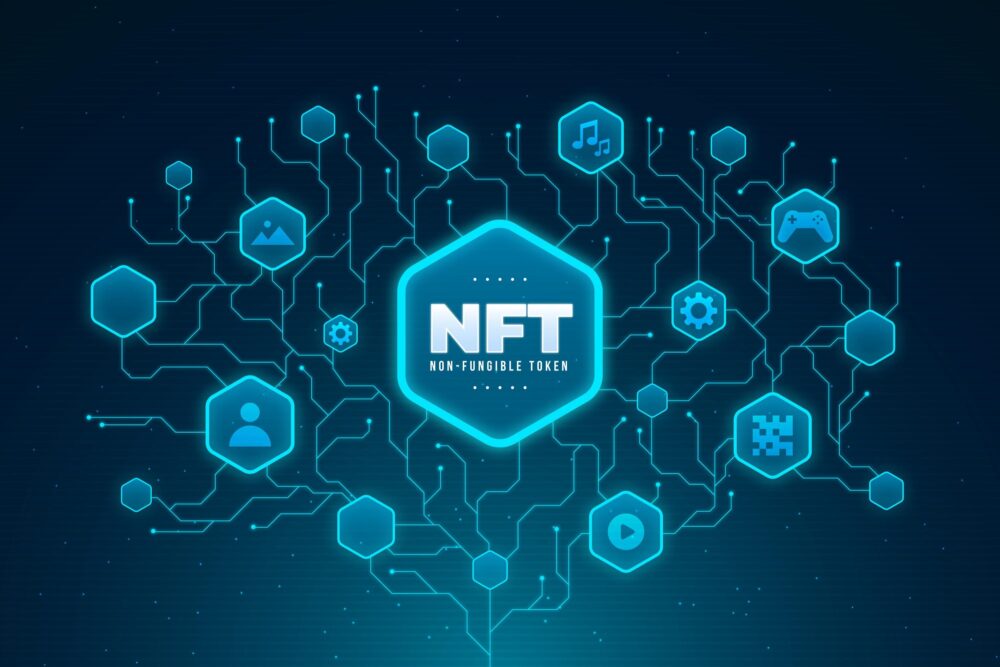Blockchain in the Financial Sector
Blockchain technology, a decentralised and distributed digital ledger, is revolutionizing various industries worldwide, and the financial sector is no exception. It offers a secure, transparent, and immutable system for recording transactions, thereby eliminating intermediaries and reducing costs, fraud, and errors. This technology has the potential to transform the global financial sector by providing a wide range of alternatives for how people deal with money and values.
In India, the adoption of blockchain technology in the financial sector is still in its nascent stages but is rapidly gaining momentum. Major banks and financial institutions are exploring the potential of blockchain to streamline operations, enhance security, and improve customer experience. For instance, the State Bank of India, ICICI Bank, and HDFC Bank have invested in blockchain solutions to offer distributed ledger technology (DLT) solutions to the financial sector.
Blockchain’s Impact on India’s Financial Sector
Blockchain technology can address persistent challenges in the financial sector and transform the roles of financial stakeholders. It can improve transparency, simplify operations, enable quicker settlement, and automate processes through smart contracts.

For instance, blockchain can streamline the process of bank guarantees and letters of credit, reducing the time and cost involved in these transactions. It can also automate compliance processes, drawing on immutable data records for faster and more accurate reporting. Furthermore, blockchain enables the near real-time transfer of funds between financial institutions, removing friction and accelerating settlement.
Spotlight on Case Studies of Successful Blockchain Implementations in India
Case Study 1: Karnataka Government’s WEB 3.0
The Karnataka government is exploring the use of blockchain technology in government services. The Web 3.0 project is using blockchain technology to manage land records and educational certificates in two pilot projects. If the pilot projects are successful, the government could use blockchain technology to manage a wide range of government services.
The project was launched in 2021 by the Karnataka government’s Department of Electronics, IT, and Biotechnology and is being led by the National Informatics Centre (NIC), which is the government’s premier IT agency. The project is still in the pilot phase, and it is not yet clear how it will be rolled out to other government departments. The project has the potential to revolutionize the way government services are delivered in India. By using blockchain technology, the government can create a more secure, transparent, and efficient way to manage digital assets.
The two pilot projects that are currently underway are:
Land records management: The project is using blockchain technology to create a tamper-proof record of land ownership in the Chikkaballapur district. This will help to prevent fraud and corruption, and it will also make it easier for citizens to access their land records.
Educational certificates management: The project is using blockchain technology to create a tamper-proof record of educational certificates in the Tumkur district. This will help to prevent fraud and corruption, and it will also make it easier for citizens to verify their educational qualifications.
The success of these pilot projects will determine how the Web 3.0 project is rolled out to other government departments. If the pilot projects are successful, the government could use blockchain technology to manage a wide range of government services, such as birth and death certificates, property taxes, and social security benefits.
Financial planning is the architecture of your entire life’s choices—every goal, every risk, every decision flows through it. It’s not about chasing returns, but creating alignment between income, expenses, assets, and aspirations. Our Qualified Financial Advisor helps you design a cohesive plan that adapts to life’s changes while keeping your long-term vision intact—so your money works in harmony with your purpose.
Case Study 2: Major Banks Adopting Blockchain
Responding to the Reserve Bank of India’s initiatives, several public and private banks have started to leverage the benefits of DLT and blockchain by partnering and investing in the fintech sector. For example, the State Bank of India tied up with JP Morgan to utilize its blockchain technology, and Axis Bank, ICICI Bank, and Yes Bank joined the Interbank Information Network launched by JP Morgan.
The Potential Impact
How Blockchain Could Transform India’s Financial Future
The potential impact of blockchain technology on India’s financial sector is immense. It can revolutionize various aspects of the financial industry, including money transfers, transaction tracking, and smart contracts. It can also promote financial inclusion by providing an alternative to traditional banking services, especially for those who are unbanked or underbanked.
Moreover, blockchain technology can reduce fraud and cyber attacks, thereby saving money and stress for all parties involved. It can also provide a platform for the development and use of cryptocurrencies, which can further transform the financial landscape.
Understanding the Challenges and Potential Pitfalls of Blockchain Adoption
While blockchain technology offers numerous benefits, it also presents certain challenges. It is still in its development phase and has many hurdles to overcome, including security, privacy, and scalability issues. The regulatory environment for blockchain and cryptocurrencies is also evolving, and there is a need for clear guidelines and policies to monitor the use of this technology.
Despite these challenges, the potential benefits of blockchain technology far outweigh the risks. With the right regulatory framework and technological advancements, blockchain can truly revolutionize India’s financial sector.








